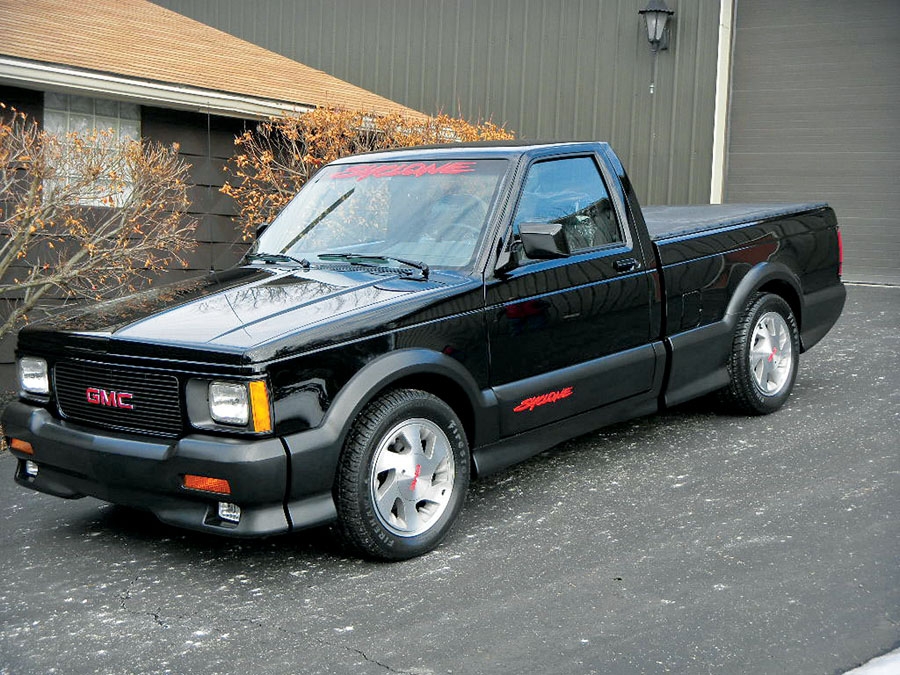Chassis Number: 1GDCT14Z8M8801541
It was born for performance and became the fastest production pickup in America. Hot Rod magazine wrote in October 1990: “With the Syclone, GMC has taken the most significant step of any manufacturer on transforming the pickup into a true sport truck…The Syclone may be the most significant performance vehicle built in the last 20 years.” Others chimed in: “It’s the performance enthusiast’s dream” and “There are no disappointments. It’s safe to say the Syclone is the most revolutionary truck produced since the 1957 Chevy Cameo.” GMC stated it themselves as “introducing today’s technological brainstorm, the new Syclone. This truck moves in the spirit of the musclecars of the 1960s, but with the technology of the ’90s!”
Due to the performance aspects of the Syclone, the majority of these trucks saw spirited driving, as well as track time and perhaps even some street racing. It is extremely rare to find such an incredible example, and like many of the other low-production ’80s and ’90s performance vehicles, they are becoming increasingly popular and their value is starting to rise, making this a great opportunity and example to add to any collection.

